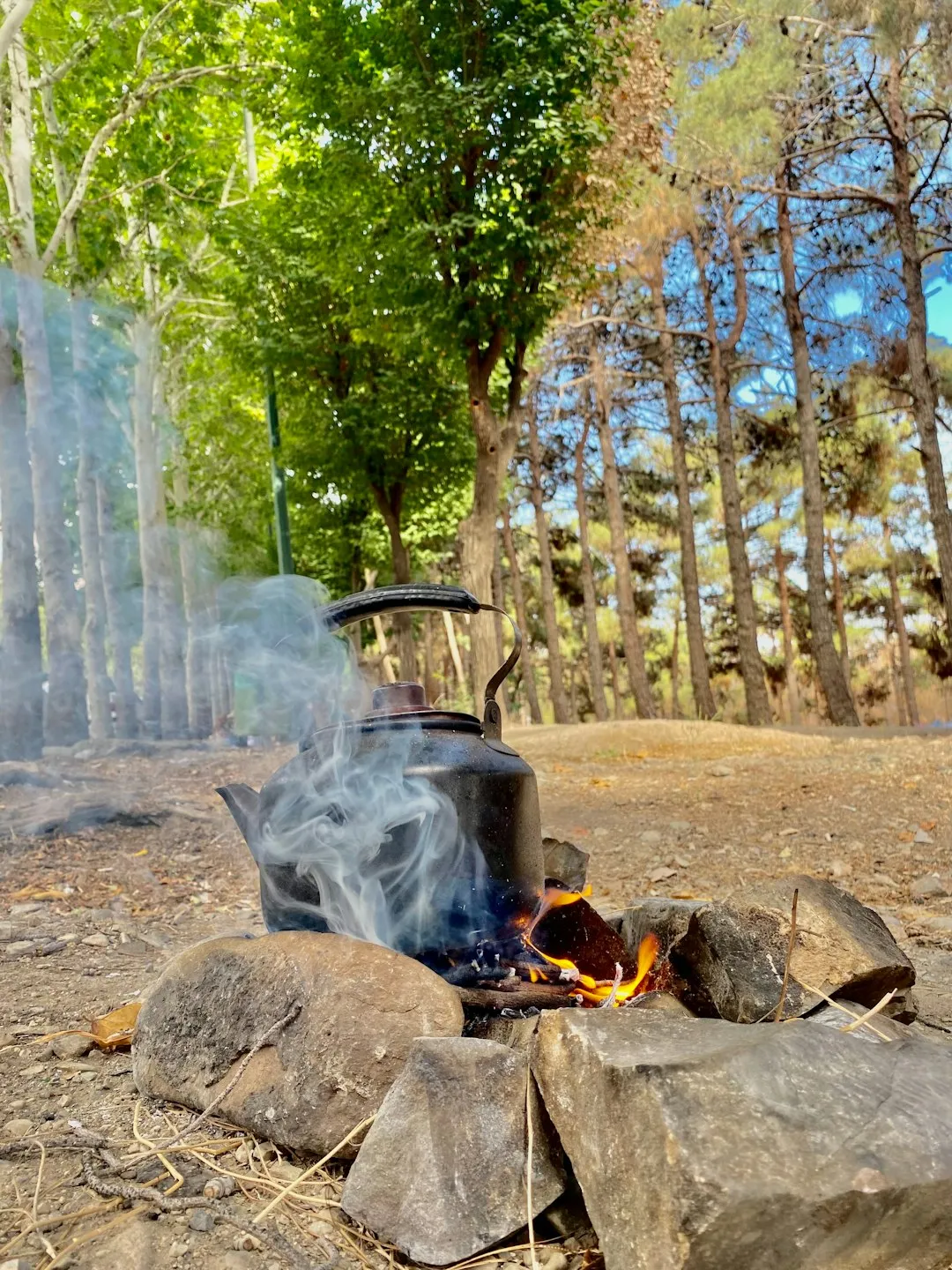The Secret to a Thriving Yard: Optimal Plant Watering

Maintaining a beautiful and healthy yard is a goal for many homeowners. One of the most crucial aspects of yard care is watering your plants correctly. In this article, we'll explore the best time to water plants, why it matters, and provide you with some valuable watering tips to keep your garden flourishing.
The Best Time to Water Plants
The ideal time to water your plants is early in the morning, preferably between 6 am and 10 am. During this time, the temperature is cooler, and the wind is usually calmer. This allows the water to soak into the soil before it evaporates, ensuring that your plants receive the maximum amount of moisture. Watering in the morning also gives the leaves time to dry before nightfall, reducing the risk of fungal diseases.
Watering in the evening, on the other hand, can be problematic. When the leaves are wet overnight, it creates a perfect environment for fungi and other diseases to thrive. Additionally, the cooler temperatures at night slow down the evaporation process, which can lead to waterlogged soil and root rot.
Why It Matters
Proper watering is essential for the health and growth of your plants. When you water at the right time, you're providing your plants with the moisture they need to carry out essential functions such as photosynthesis and nutrient uptake. Water also helps to regulate the temperature of the plant, keeping it cool during hot weather.
Overwatering or watering at the wrong time can have detrimental effects on your plants. Excess water can suffocate the roots, preventing them from absorbing oxygen. This can lead to root rot, which can ultimately kill the plant. Underwatering, on the other hand, can cause the plant to wilt and become stressed, making it more susceptible to pests and diseases.
Watering Tips
1. Water Deeply
Instead of giving your plants a light sprinkle, it's better to water deeply and less frequently. This encourages the roots to grow deeper into the soil, making the plant more drought-resistant. To water deeply, use a soaker hose or a drip irrigation system. These methods deliver water directly to the soil, minimizing evaporation.
2. Use Mulch
Applying a layer of mulch around your plants can help to retain moisture in the soil. Mulch acts as a barrier, preventing water from evaporating too quickly. It also helps to regulate the soil temperature and suppresses weed growth. Organic mulches such as wood chips, straw, or shredded leaves are excellent choices.
3. Check the Soil Moisture
Before watering your plants, it's a good idea to check the soil moisture. You can do this by sticking your finger about an inch into the soil. If it feels dry, it's time to water. If it's still moist, you can wait a little longer.
4. Water According to the Plant's Needs
Different plants have different water requirements. Some plants, such as succulents, prefer dry soil and don't need to be watered as often. Others, like vegetables and annual flowers, require more frequent watering. Make sure you know the specific needs of each plant in your garden and adjust your watering schedule accordingly.
5. Avoid Overhead Watering
Overhead watering, such as using a sprinkler, can waste a lot of water through evaporation. It can also wet the leaves, which increases the risk of fungal diseases. Whenever possible, water at the base of the plant to ensure that the water goes directly to the roots.
Conclusion
Caring for your yard involves more than just mowing the lawn and trimming the hedges. Proper watering is a fundamental aspect of yard care that can make a significant difference in the health and appearance of your plants. By watering at the right time, using the right techniques, and paying attention to the specific needs of your plants, you can create a beautiful and thriving garden that you can enjoy for years to come.